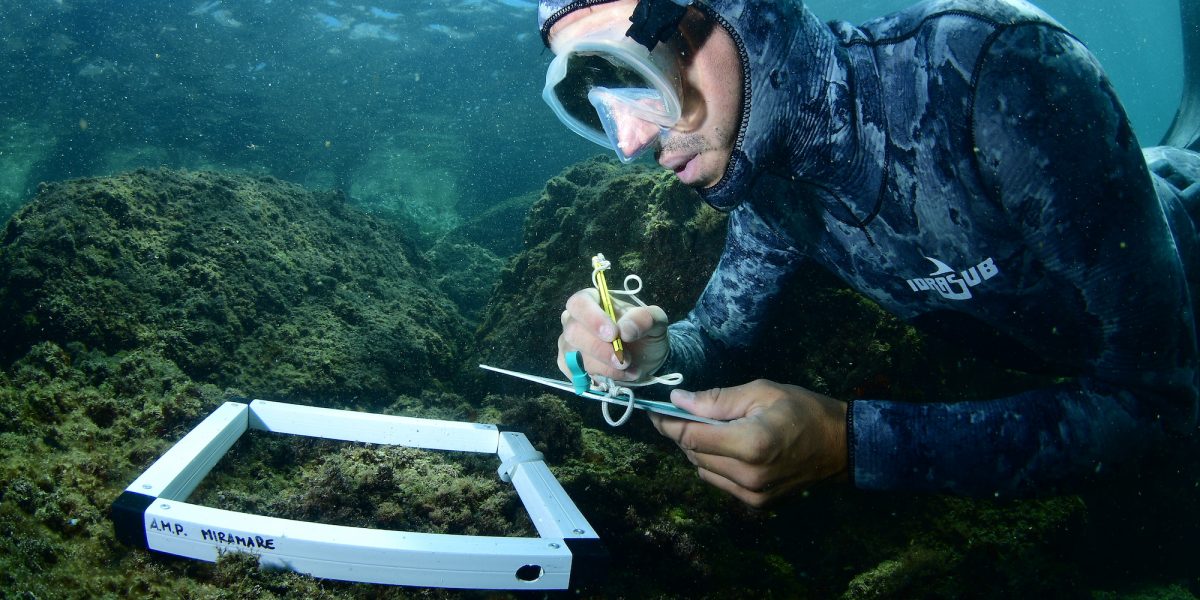
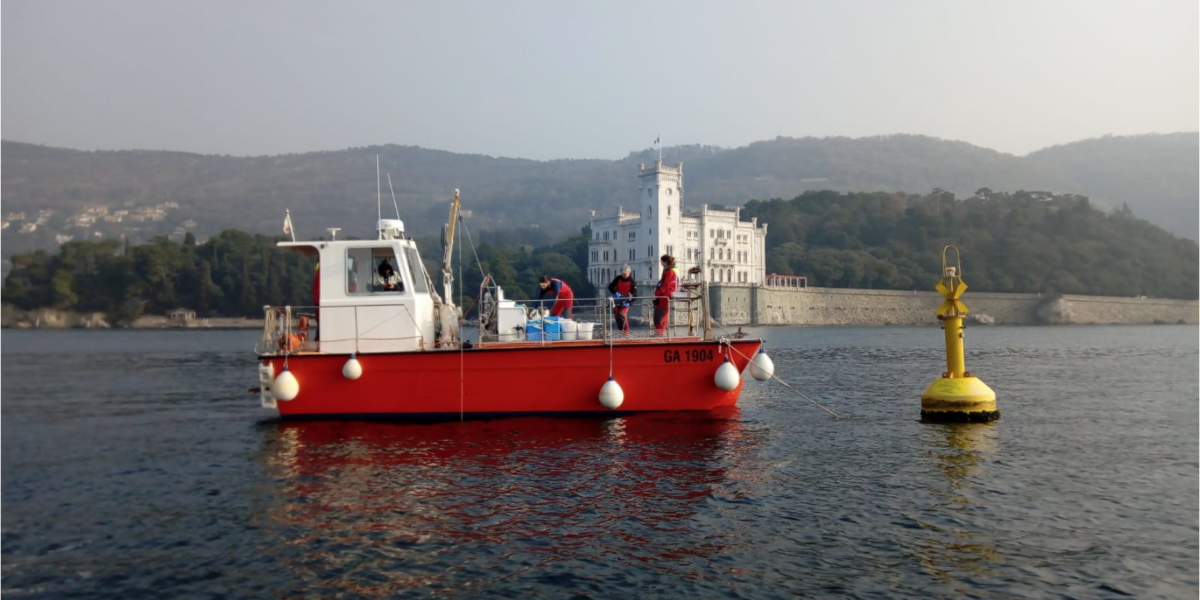
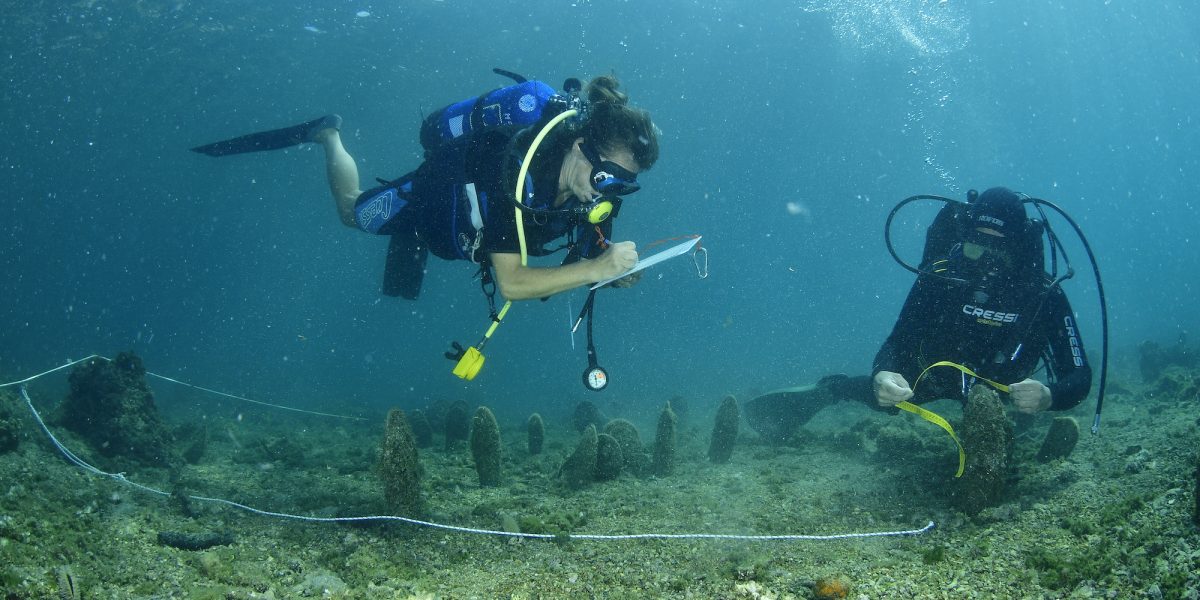
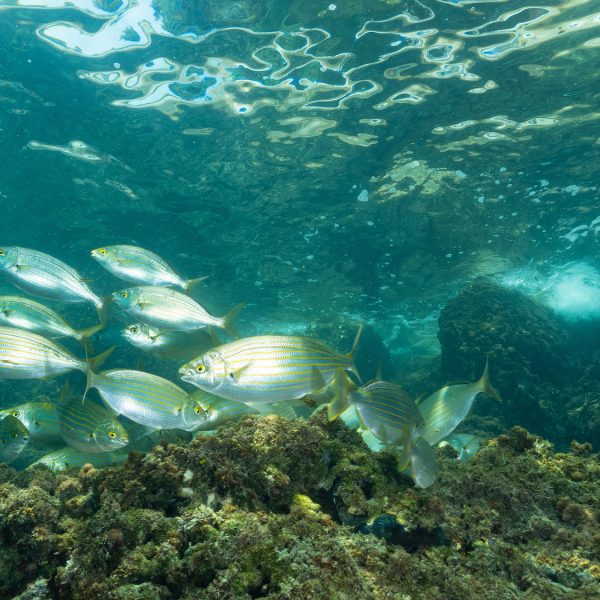
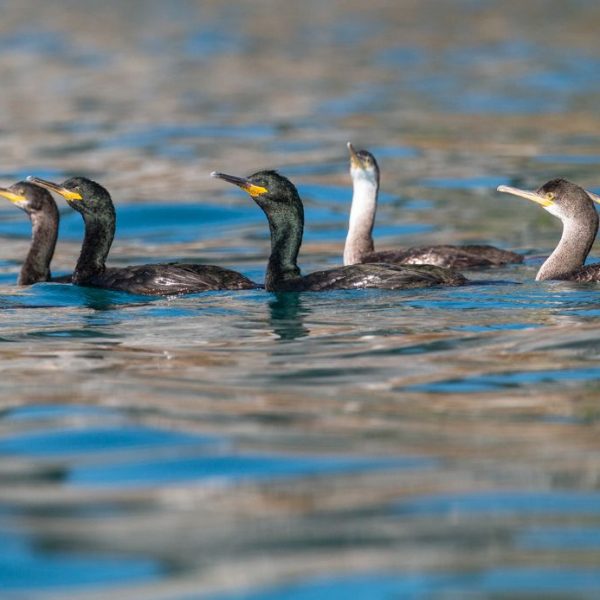
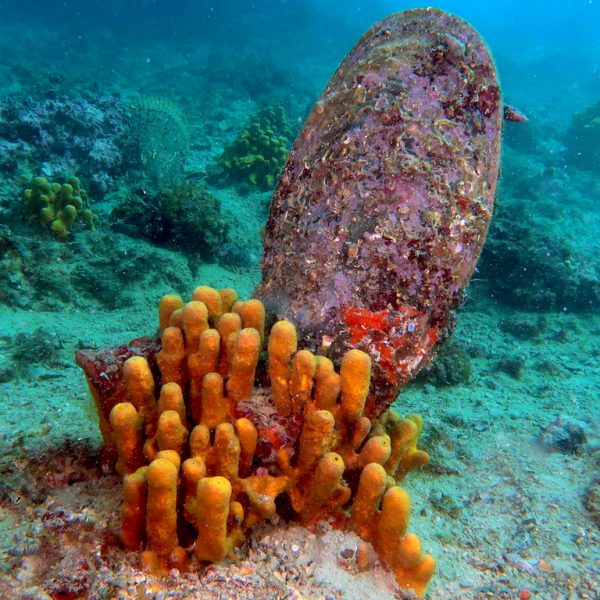
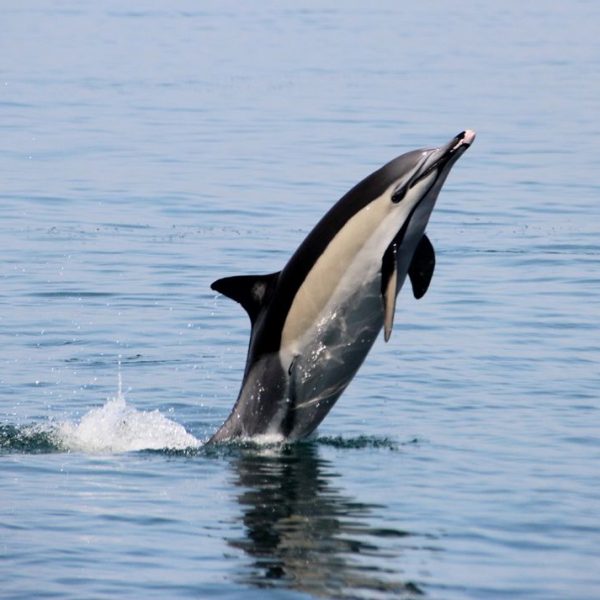
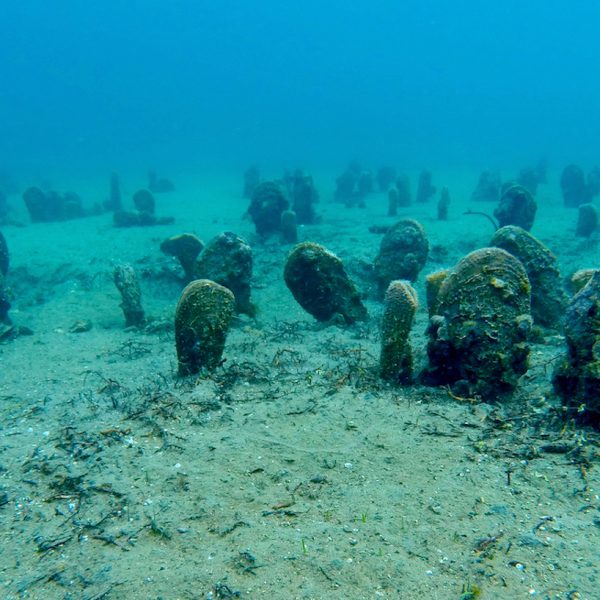
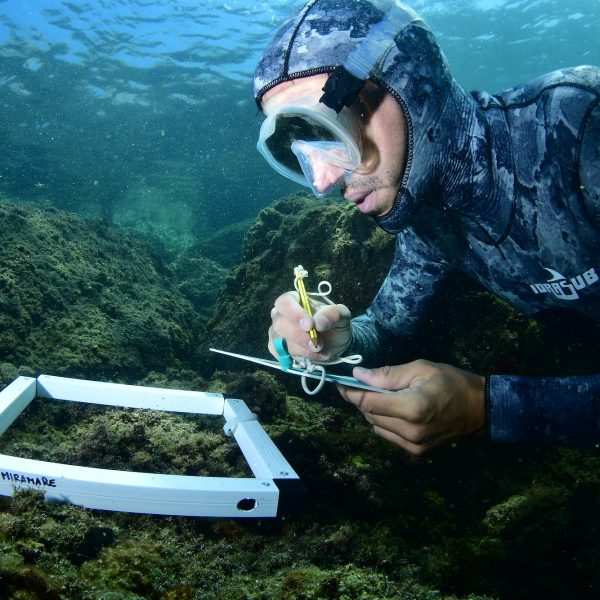
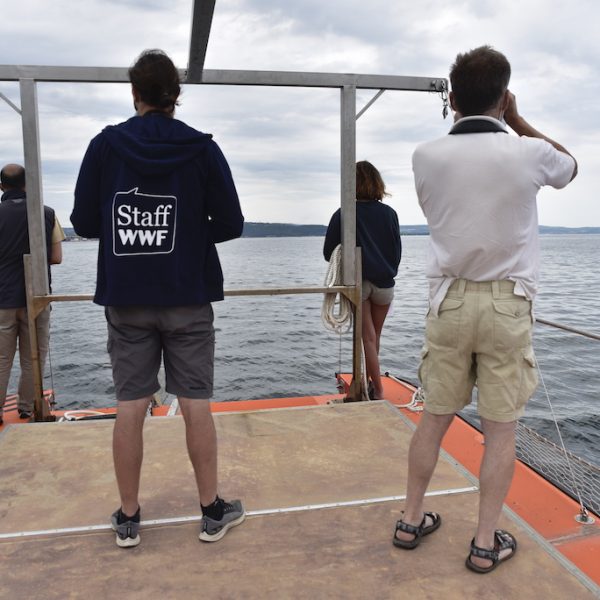
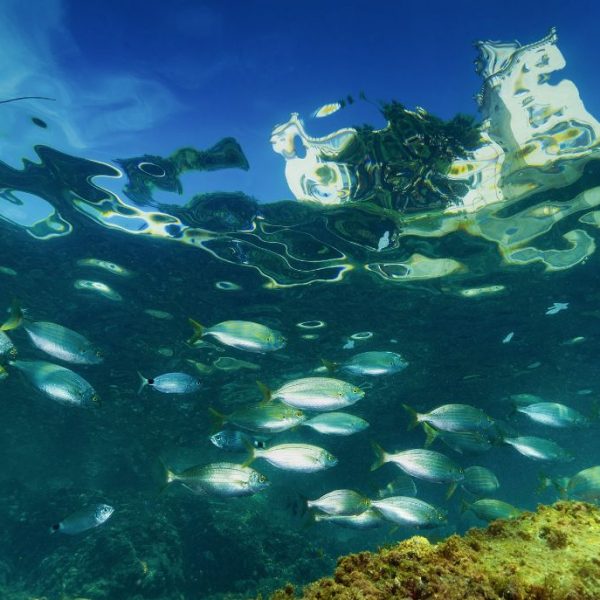
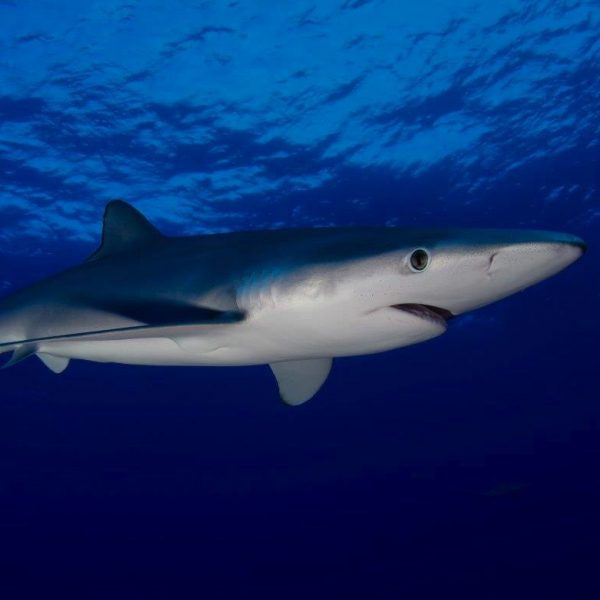
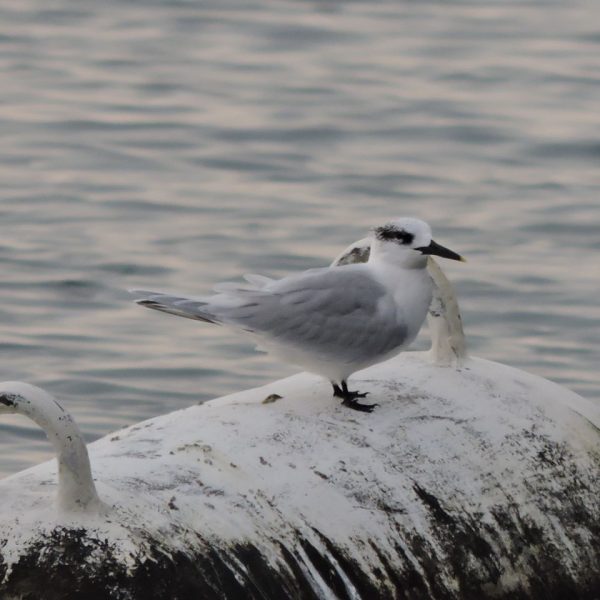
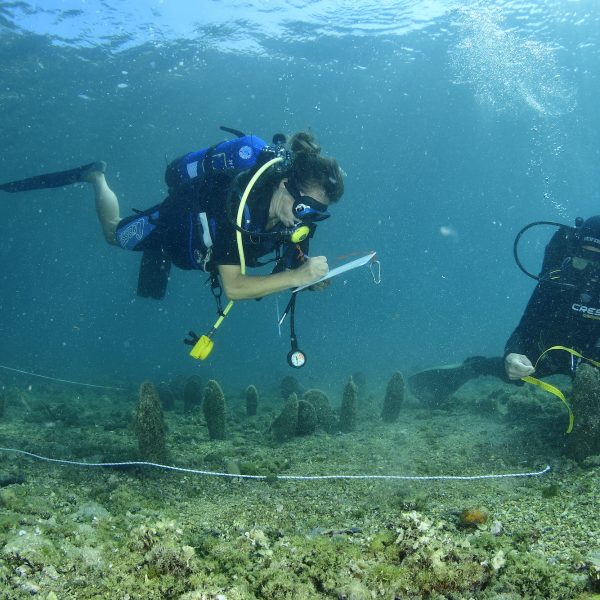
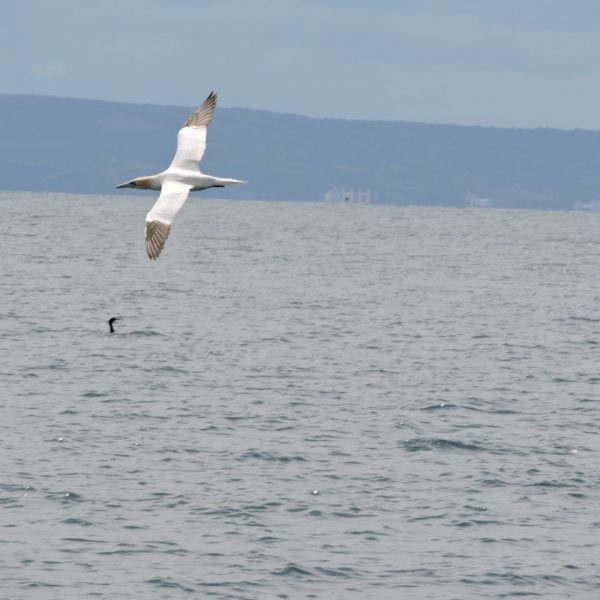
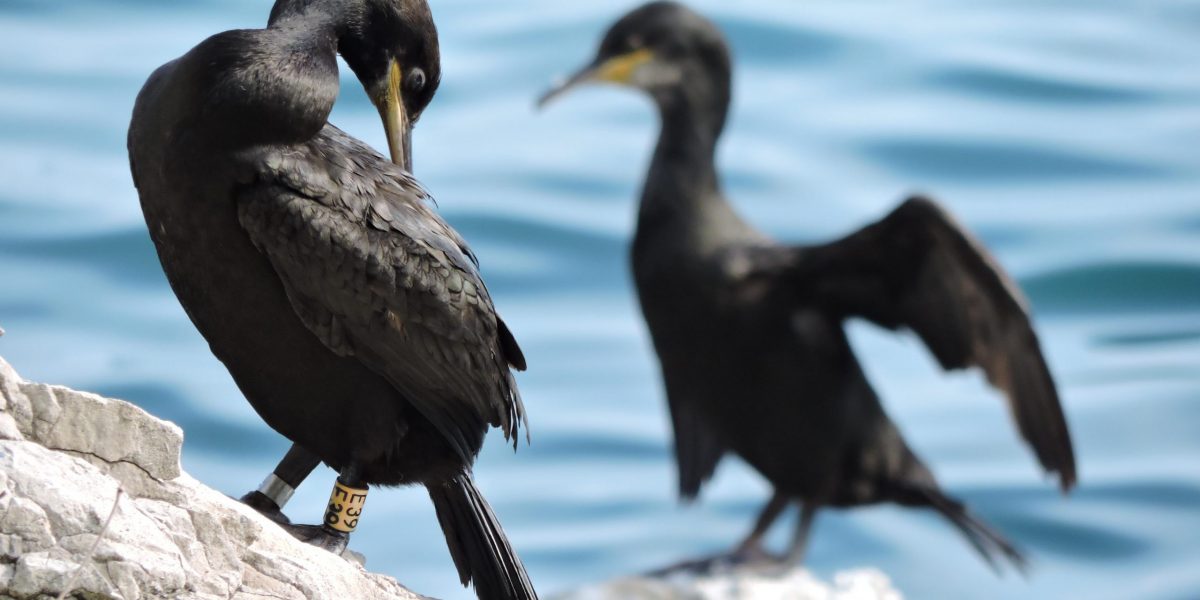
Among the Natura 2000 species present in the Gulf of Trieste, in addition to cetaceans and sea turtles, one of the most closely monitored species is Pinna nobilis. This species is included in the IUCN Red List also due to the widespread deaths caused by a bacterium that is decimating this clam throughout the Mediterranean and which since 2019 has also reached the Gulf of Trieste. Constant monitoring activities are also carried out for the numerous species of protected marine avifauna, such as the European shag, sandwich tern, loons and terns.
Finally, the monitoring of species and habitats of community interest focuses on the distribution of sea grass meadows (Cymodocea nodosa) in the Gulf of Trieste, which have been in sharp decline here since 2015

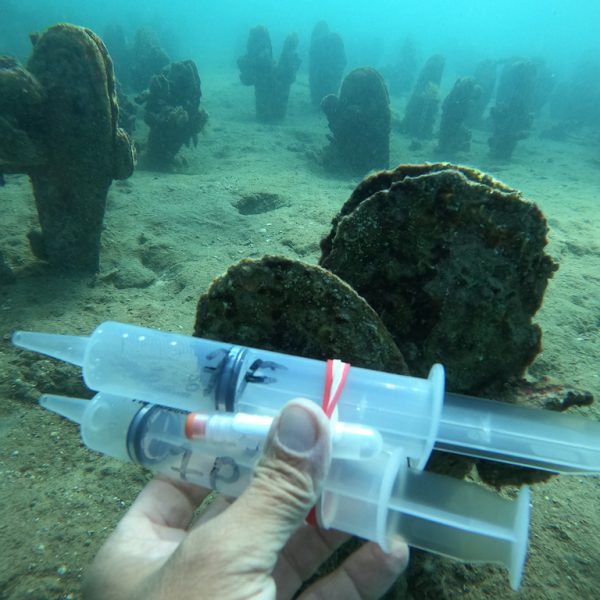

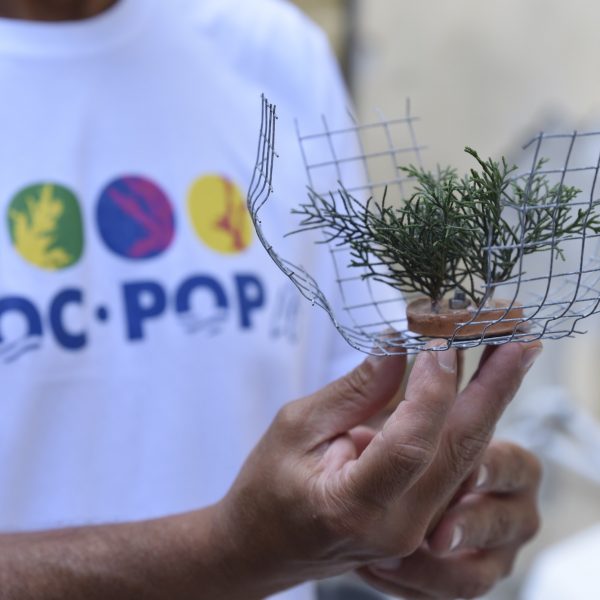

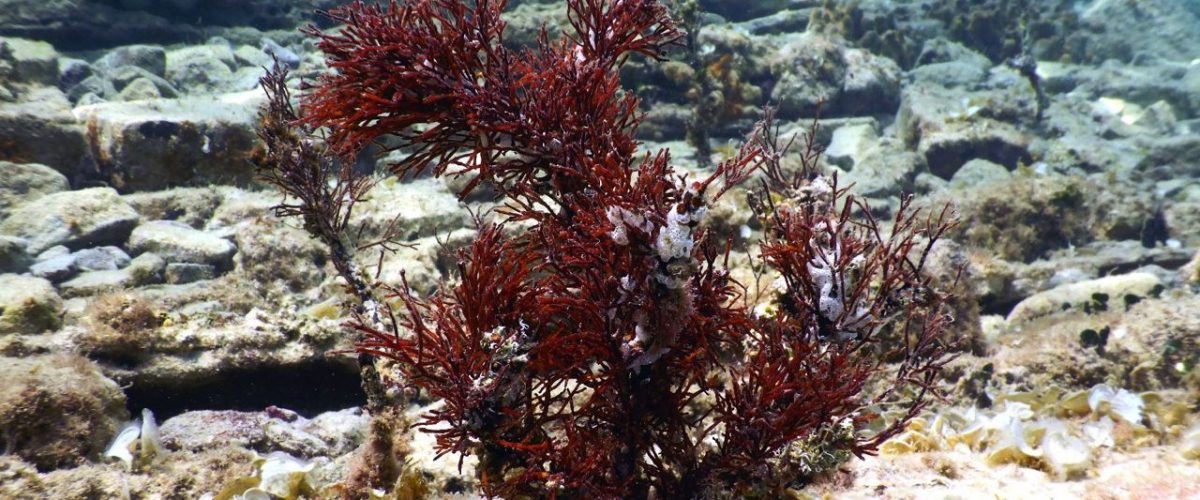
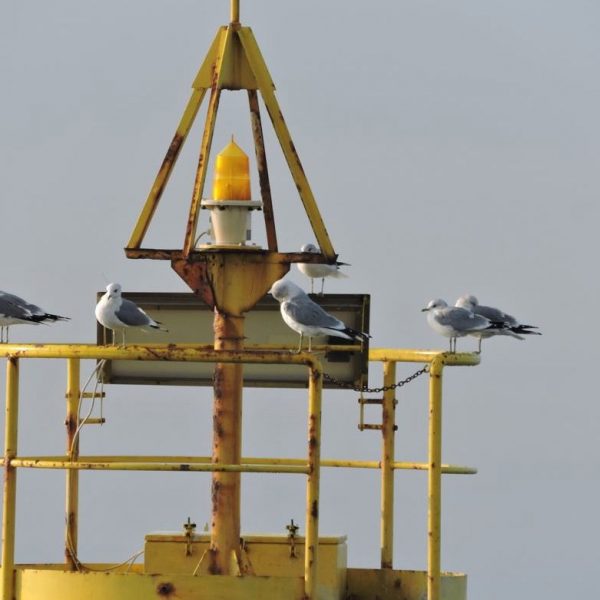
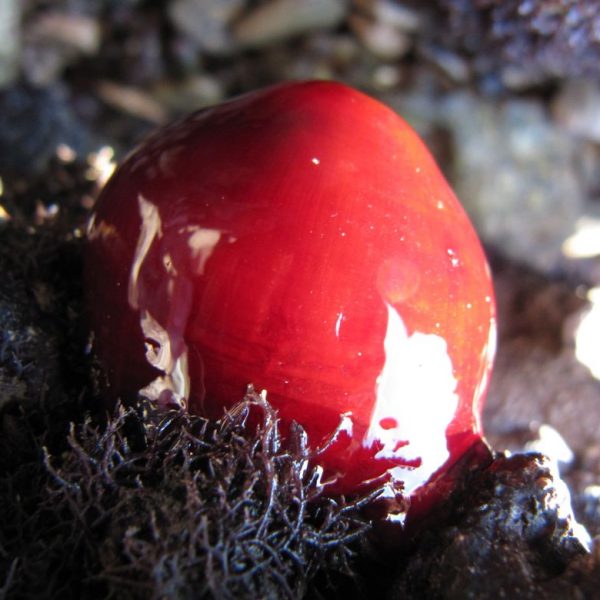

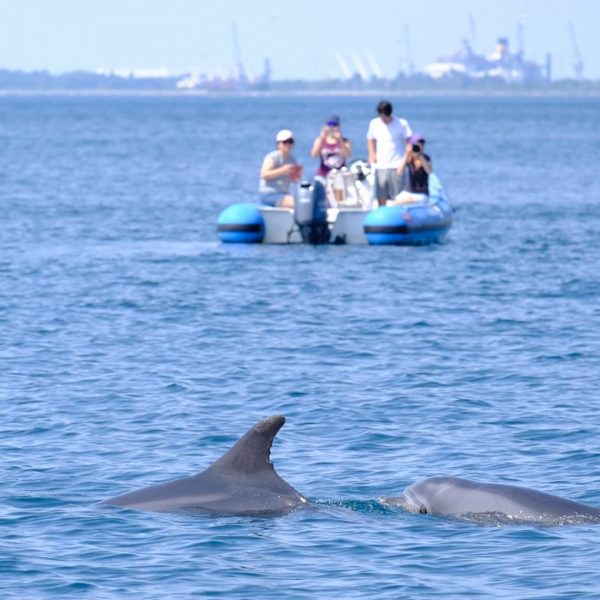
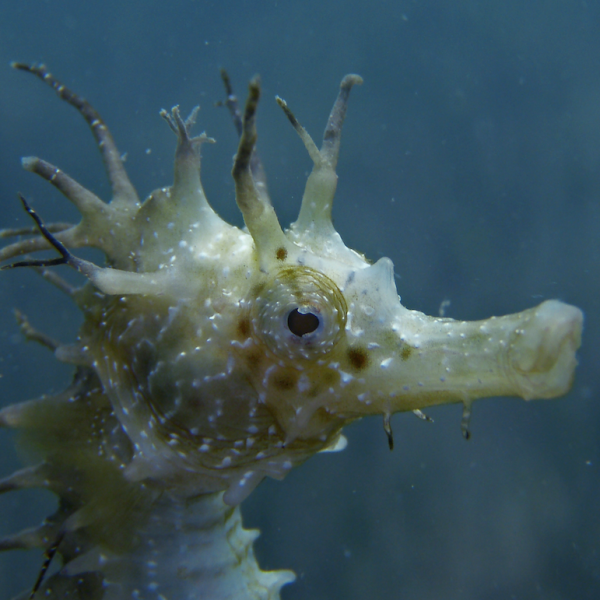
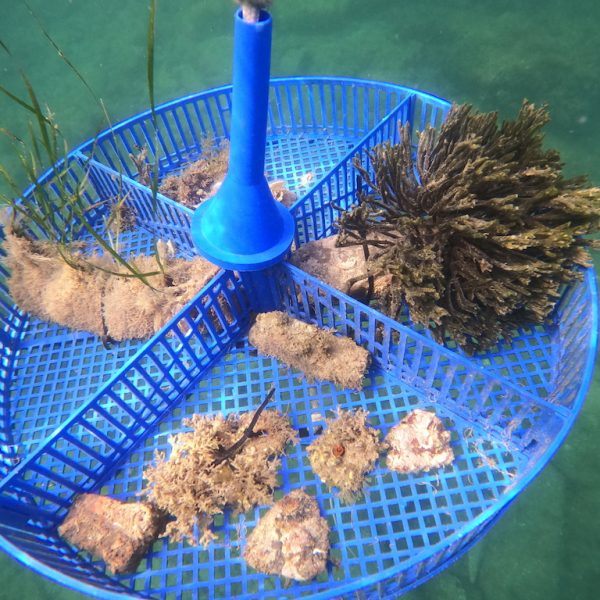
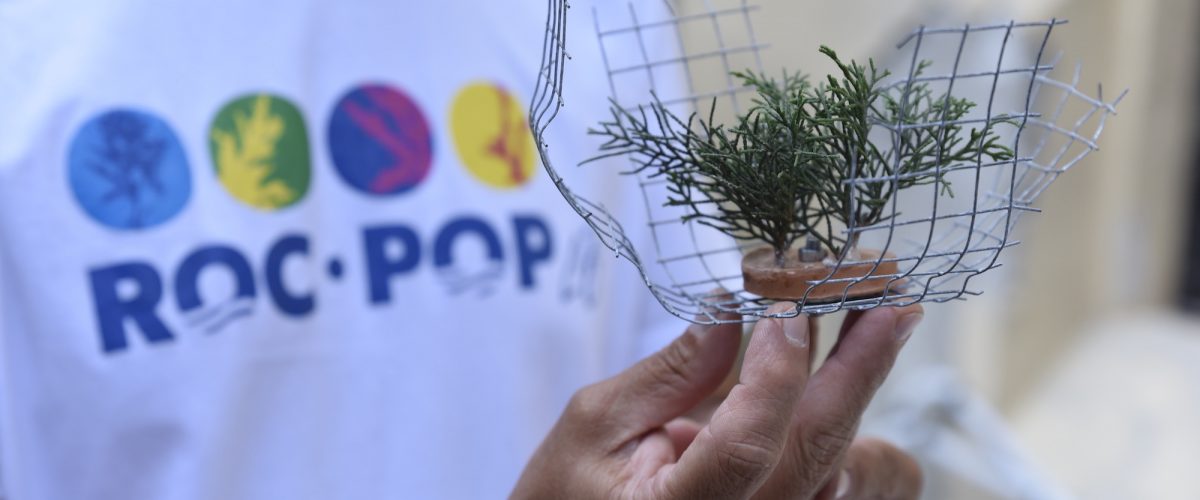


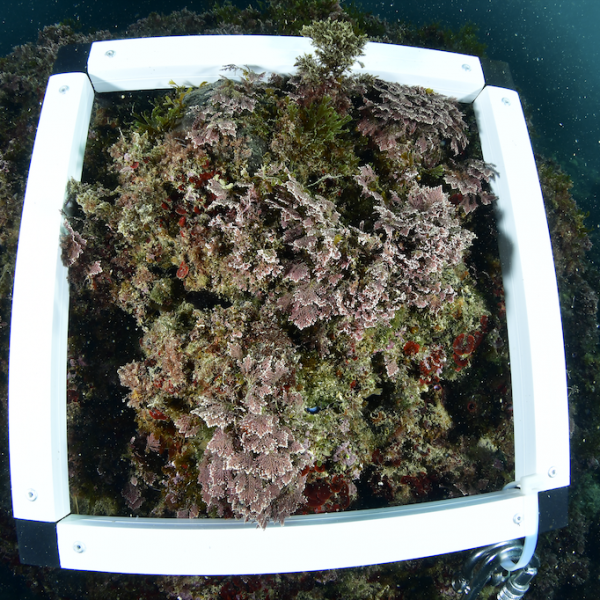

Translation by Vicki Ann Holder
© 2020 WWF AMP Miramare | All rights reserved